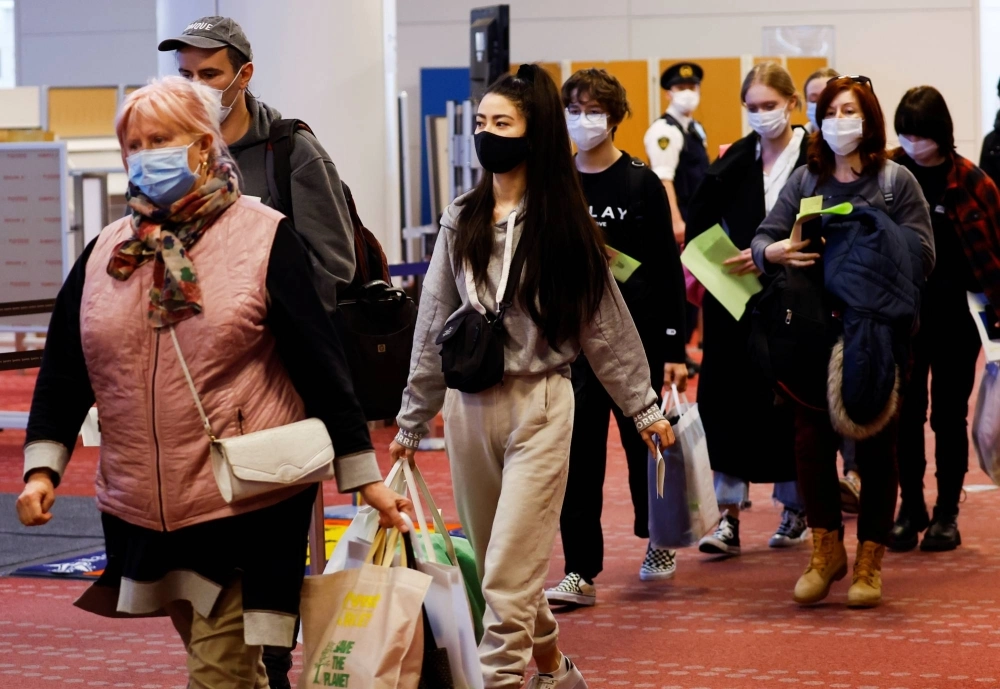A program to offer long-term residence status that will allow asylum-seekers, including evacuees from Ukraine, to work in Japan will be introduced in December, the government said Tuesday.
Starting on Dec. 1, the new residence status, established in a revised asylum bill approved by parliament in May, will be granted to asylum-seekers hailing from areas experiencing an ongoing conflict who are considered in need of “subsidiary protection.” The system intends to provide them with a stable residence status in Japan on par with those legally recognized as refugees.
“We wanted to quickly implement this new system for those eligible for subsidiary protection, in particular, to bring some relief to the suffering of many people,” Justice Minister Ryuji Koizumi told a news conference Tuesday.


















With your current subscription plan you can comment on stories. However, before writing your first comment, please create a display name in the Profile section of your subscriber account page.